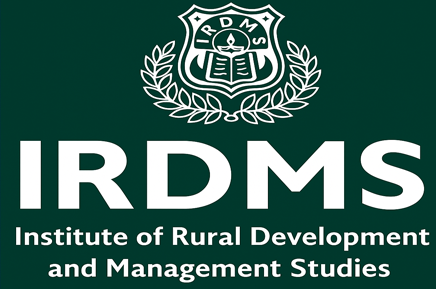Sector-wise Challenges
Sector-wise Challenges
Extent of the Problems in the Context of Odisha

Population lives below the poverty line
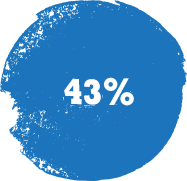
ST Population lives below the poverty line

Exclusion gap for Govt. Schemes

Health infrastructure gap in tribal areas

Children malnourished
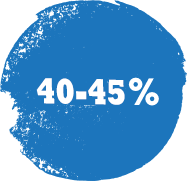
Tribals face insecure land tenure

Women lack land ownership
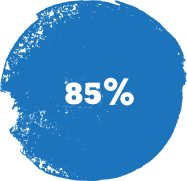
Without formal skill training

Small & marginal farmers (owning <2 ha)
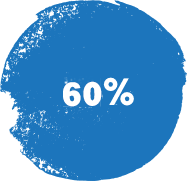
Rainfed farming, making farming highly vulnerable to monsoon variability

Villages lack reliable rural connectivity

Deficit in cold storage & market infrastructure

Population exposed to cyclone & flood risk

Crop Losses due to Erratic Rainfall & Disasters

Coastal erosion & salinity
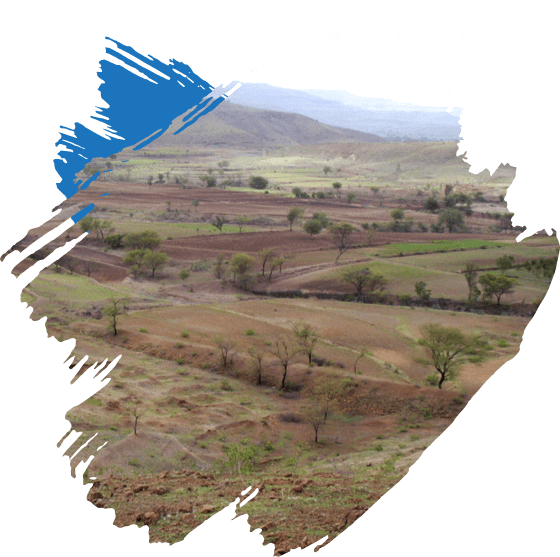
High Poverty Levels
Nearly 29 percent of Odisha’s population continues to live below the poverty line, and this is most severe in rural and tribal areas. Poverty in the state is not just about lack of income but also limited access to basic services, poor nutrition, and reduced opportunities for upward mobility. Such conditions can be gradually overcome through collective participation at the community level where people organize themselves into groups, build savings and credit linkages, and work towards self-reliance by tapping into livelihood schemes and local enterprise opportunities.
Tribal Poverty and Exclusion
Among Scheduled Tribes, about 43 percent remain below the poverty line, and within this, Particularly Vulnerable Tribal Groups face extreme deprivation. They often experience displacement, land alienation, and loss of traditional livelihoods while having little access to welfare programs. The way forward lies in strengthening traditional skills, protecting forest-based economies, and ensuring that tribal communities are aware of and able to access government programs that are designed for their welfare. Building self-managed community structures helps them demand their rights and safeguard their identity.
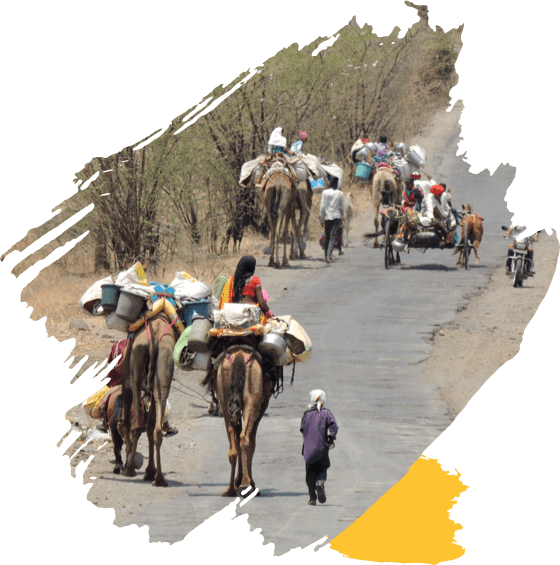
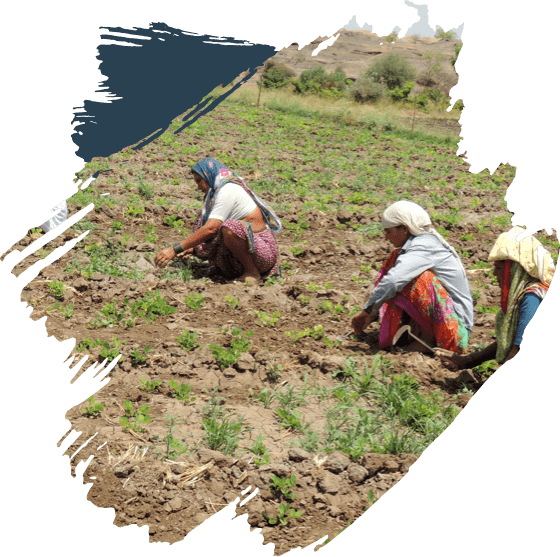
Exclusion from Government Schemes
Even though multiple welfare schemes exist, nearly one-third of eligible households remain excluded due to lack of awareness, poor documentation, or social barriers. This exclusion can be addressed when communities are mobilized to collectively pursue their entitlements. Awareness drives, support for documentation, and participation in local audits can ensure that no family is left out of schemes that are crucial for their survival and progress.
Gaps in Tribal Healthcare Infrastructure
Remote tribal areas suffer from a 30 to 45 percent deficit in healthcare facilities, which contributes to high maternal and infant mortality. In many villages, the absence of functional health centers compels people to depend on unqualified practitioners. Strengthening village health workers, establishing community health services, and adopting low-cost technologies like telemedicine can help improve healthcare outcomes. When local people are trained to deliver essential services, healthcare becomes more accessible and inclusive.
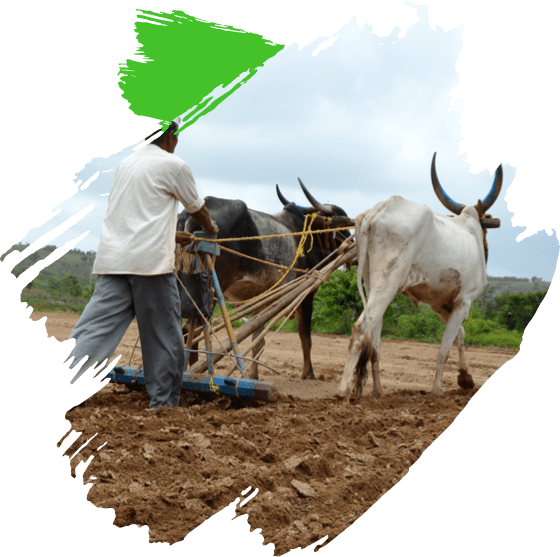
Malnutrition Among Children
About 29 to 31 percent of children in Odisha are underweight, which is a serious concern for survival, learning, and productivity in later life. Malnutrition can be tackled through a combination of improved household nutrition practices, better functioning of Anganwadi centers, and community-managed nutrition gardens and kitchens. Active participation of parents and local groups ensures that food security and child nutrition are treated as shared responsibilities.

Land Insecurity Among Tribals
Almost 40 to 45 percent of tribal households lack secure land tenure. This prevents families from investing in their farms and restricts access to credit. Awareness about land rights, facilitation of land records, and sustainable use of forest land are essential steps in overcoming this barrier. Collective community action enables families to claim and manage their land more effectively, ensuring long-term livelihood security.

Gender Disparities in Land Ownership
Between 85 and 90 percent of women in Odisha do not own land, even though they are the main cultivators in many households. The absence of ownership weakens their decision-making power and limits their access to government schemes. By promoting joint land titles, women-led producer groups, and leadership opportunities, communities can gradually correct this imbalance. When women are empowered through asset ownership, the benefits extend to the entire household.

Lack of Formal Skills Training
Around 85 percent of youth in the state lack formal skill training, which leaves them dependent on casual labor and migration. Establishing local training hubs, linking young people with vocational programs, and promoting trades that are locally relevant such as agro-processing, crafts, and renewable energy can improve employability. Participation of the youth themselves in shaping these programs ensures that training is meaningful and linked to real opportunities.

Dominance of Small and Marginal Farmers
Over 92 percent of farmers in Odisha own less than two hectares of land. Farming on such small and fragmented holdings is often uneconomic and unsustainable. By encouraging collective approaches such as farmer groups and cooperatives, farmers can share resources, adopt improved technologies, and gain better bargaining power in markets. Cooperation among small farmers helps make agriculture more viable.

Dependence on Rainfed Agriculture
Nearly 60 percent of the state’s agriculture remains rainfed, exposing farmers to the uncertainties of monsoon variability. Water scarcity during critical crop stages leads to frequent crop failures. Community-based water harvesting, watershed development, and adoption of climate-resilient crops are ways of reducing vulnerability. Local participation in managing water resources ensures sustainability and equitable distribution.

Poor Rural Connectivity
About 20 to 22 percent of villages still lack reliable all-weather connectivity, especially in hilly and forested areas. The absence of proper roads limits access to markets, education, and healthcare. Local participation in planning and demanding infrastructure ensures that such gaps are highlighted and addressed. When rural roads are prioritized, they open up opportunities for trade, services, and mobility.

Deficit in Storage and Market Infrastructure
There is a 60 to 70 percent gap in cold storage and rural market facilities in Odisha, forcing farmers to sell their produce quickly at distress prices. The creation of community-managed storage spaces, rural haats, and farmer-market linkages can reduce these losses. When farmers come together to manage storage and marketing, they gain the ability to hold produce, negotiate better prices, and secure their incomes.

Disaster Vulnerability: Cyclones and Floods
About 40 to 45 percent of the state’s population is exposed to recurring disasters such as cyclones and floods. These disasters destroy homes, livelihoods, and infrastructure, pushing families back into poverty. Preparedness and resilience can be strengthened when communities are trained in disaster risk reduction, equipped with resilient housing techniques, and supported to diversify livelihoods. Local participation ensures quicker response and recovery when disasters strike.

Crop Losses Due to Erratic Rainfall and Disasters
On average, farmers lose 15 to 20 percent of their crops each year due to erratic rainfall, cyclones, and pest outbreaks. Adoption of crop insurance, resilient farming practices, and community-based farmer field schools are ways to minimize these losses. When such practices are adopted collectively, they spread faster and become more effective.

Coastal Erosion and Salinity Intrusion
Around 25 to 30 percent of Odisha’s coastal regions are affected by erosion and salinity intrusion, leading to displacement and reduced farm productivity. Restoring mangroves, adopting salt-tolerant crops, and creating alternative livelihoods such as fisheries and eco-tourism can help communities adapt. Collective coastal management by local communities ensures that fragile ecosystems are preserved while livelihoods are protected.

